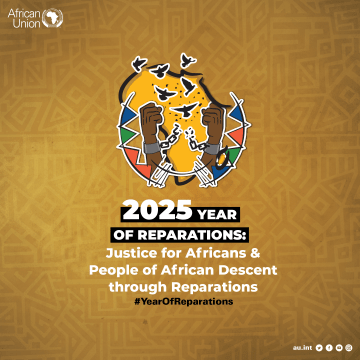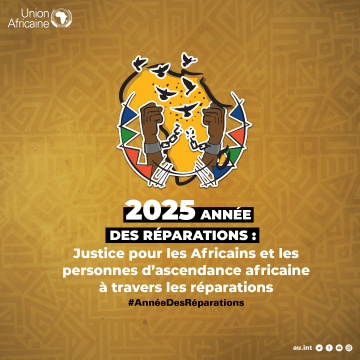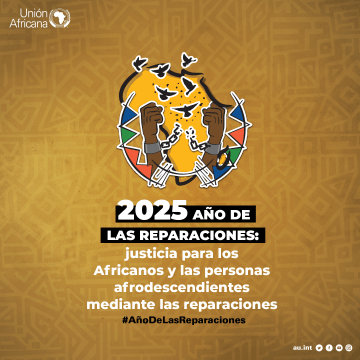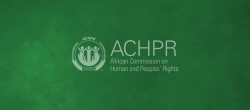1. As part of the process of consolidating the constructive dialogue embarked upon with the African Commission on Human and Peoples‟ Rights (ACHPR), the Government of Cameroon presented its third periodic report covering the period 2008-2011. It must be recalled that Cameroon started with the defense of its preliminary Report at the 31st Session of the Commission held in Pretoria in 2002, followed by its 1st and 2nd periodic reports submitted during the 39th Session (09-23 May, 2006), and the 47th Session (12-26 May, 2010) respectively in Banjul, the Gambia.
2. This report, first of all, contains some answers to recommendations made by the African Commission on Human and Peoples‟ Rights (ACHPR) following the presentation of the previous report in Banjul. It also reports on positive measures taken by the Government on the promotion and protection of human rights until the date of its submission.
3. It must be emphasized from the outset that during the period under review, Cameroon embarked on a development agenda, with the set ambition of becoming an emerging country, democratic and unified in its diversity by 2035. To achieve this goal, the Government designed a Growth and Employment Strategy Paper (GESP) in 2010. As the new strategic framework for Government action, the GESP encapsulates four general objectives, namely: to alleviate poverty in order to attain socially- acceptable levels, become a middle income country, achieve the status of a Newly Industrialized Country, strengthen national unity and consolidate the democratic process. Three strategic guidelines were defined with a view to achieving this objective:
1. Growth strategy,
2. Employment strategy,
3. Strategy for improving governance and the strategic management of the State.
1) Growth strategy is structured around five priorities: infrastructural development, modernization of productive equipment, human resource development, regional integration and diversification of trade and finally financing the economy.
a) Infrastructural Development
Energy sector, Cameroonn hopes to definitively reduce the structural underfunding, become an exporter of electric power, thereby contributing to the equilibrium in the balance of trade of the country. Among the short-term measures envisaged are the construction of the Lom Pangar dam, the Yassa thermal power plant and the Kribi gas power plant. In the medium term, it is anticipated that the Memve‟le dam, Nachtigal, Song Mbengue, Warak, Colomines and Ndockayo power plants will be constructed. In the long term, plans are underway for the development of several sites with the potential for energy export. The short term measures include in particular, the construction of the Lom Pangar dam, the Yassa thermal plant and the gas-fired plant at Kribi.
Road Sub-sector, the road network to be rehabilitated (2000 km of asphalt roads by 2020); road works to be intensified consist of paving laterite roads (more than 3500 km by 2020). The intervention priorities consist of accompanying these developments with major industrial and agro-pastoral projects, the regional corridors (Trans-African, North-South corridor, CEMAC road network) ;








